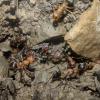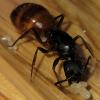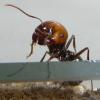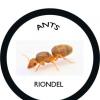- Formiculture.com
- Forums
- Gallery
- Members
- Member Map
- Chat

Solenopsis invicta found in italy
Started By
Manitobant
, Sep 11 2023 12:47 PM
13 replies to this topic
#1
 Offline
-
Posted September 11 2023 - 12:47 PM
Offline
-
Posted September 11 2023 - 12:47 PM
My journals:
Polyergus Mexicanus: https://www.formicul...gs/#entry175528
Lasius minutus: https://www.formicul...cs/#entry174811
Lasius latipes: https://www.formicul...gs/#entry206449
General acanthomyops journal: https://www.formicul...yops-with-eggs/
Polyergus Mexicanus: https://www.formicul...gs/#entry175528
Lasius minutus: https://www.formicul...cs/#entry174811
Lasius latipes: https://www.formicul...gs/#entry206449
General acanthomyops journal: https://www.formicul...yops-with-eggs/
#2
 Online
-
Posted September 11 2023 - 12:51 PM
Online
-
Posted September 11 2023 - 12:51 PM
#3
 Offline
-
Posted September 11 2023 - 1:50 PM
Offline
-
Posted September 11 2023 - 1:50 PM
They found Brachyponera there, too. RIP
"The ants are a people not strong, yet they prepare their meat in the summer." Prov. 30:25
Keep ordinary ants in extraordinary ways.
Keep ordinary ants in extraordinary ways.
#4
 Offline
-
Posted September 11 2023 - 2:41 PM
Offline
-
Posted September 11 2023 - 2:41 PM
Dang I thought Europe would be safe.
#6
 Offline
-
Posted September 11 2023 - 11:12 PM
Offline
-
Posted September 11 2023 - 11:12 PM
Oh no. This is really bad news.
#7
 Offline
-
Posted September 12 2023 - 3:04 AM
Offline
-
Posted September 12 2023 - 3:04 AM
They probably won't get any more north then the Alps because of the temperature.
#8
 Offline
-
Posted September 12 2023 - 12:42 PM
Offline
-
Posted September 12 2023 - 12:42 PM
They probably won't get any more north then the Alps because of the temperature.
Sadly, we have a region in Germany with subtropical temperatures (the Upper Rhine valley)-
there, we have several Mediterranian species, even including Messor harvester ants for which the rest of Germany is too cold.
And with climate change, it is actually just a matter of time...
after all, we now also have Asian Tiger Mosquitoes and similar invasive pests.
#9
 Offline
-
Posted September 12 2023 - 12:52 PM
Offline
-
Posted September 12 2023 - 12:52 PM
I groaned and endured physical pain when I looked at the website of the German public news channel and they posted this story.
And they have this picture in the title.
This is not the internet joke news, this is the public news channel. And they clearly did not ask any experts.
Bonus for anyone who can guess the species.
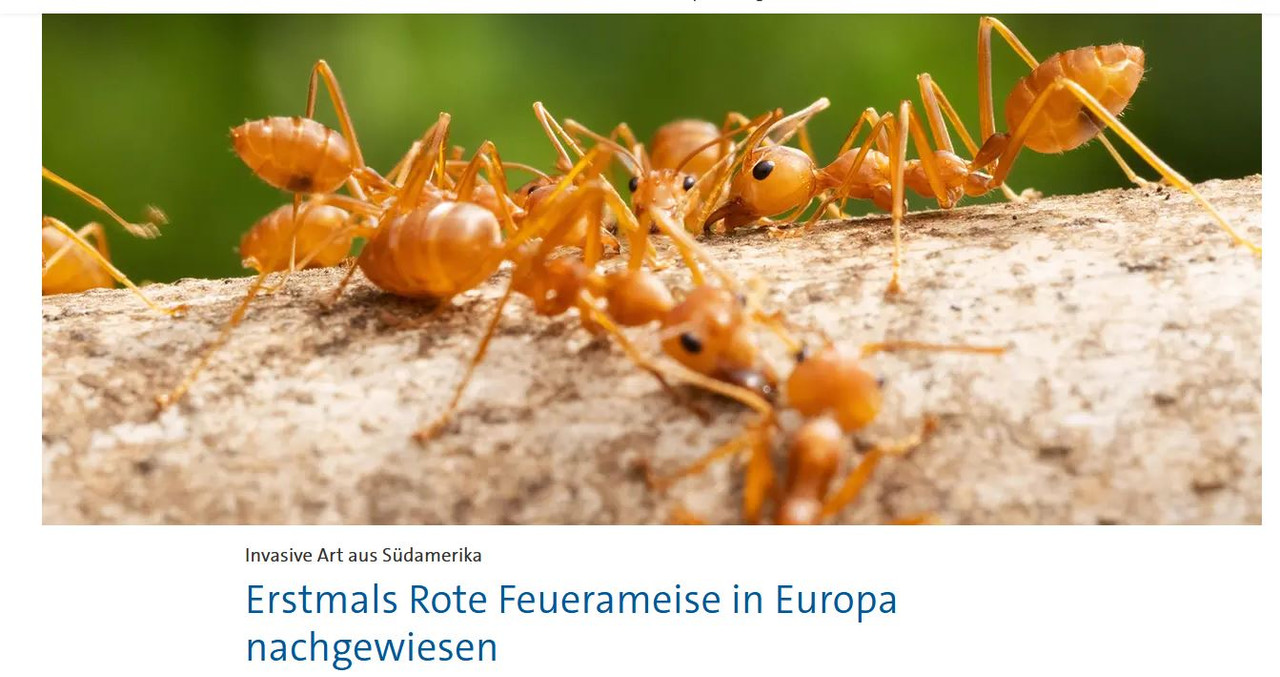
And here is the article in full
https://www.tagessch...europa-100.html
Edited by Ernteameise, September 12 2023 - 12:53 PM.
#10
 Offline
-
Posted September 12 2023 - 3:17 PM
Offline
-
Posted September 12 2023 - 3:17 PM
I groaned and endured physical pain when I looked at the website of the German public news channel and they posted this story.
And they have this picture in the title.
This is not the internet joke news, this is the public news channel. And they clearly did not ask any experts.
Bonus for anyone who can guess the species.
And here is the article in full
Really? Oecophylla smaragdina? Why does this happen so many times?
#11
 Offline
-
Posted September 12 2023 - 3:44 PM
Offline
-
Posted September 12 2023 - 3:44 PM
I know everytime I look up fire ants they come up. Makes me wonder do some people of that area call them fire ants?
- Ernteameise likes this
#12
 Offline
-
Posted September 18 2023 - 2:40 AM
Offline
-
Posted September 18 2023 - 2:40 AM
Even in a lot of youtube videos they use weaver ant pictures.
Goes to show how little the average person knows about ants and how much effort goes into research.
I'd guess it's just because they have vaguely similar colours
Goes to show how little the average person knows about ants and how much effort goes into research.
I'd guess it's just because they have vaguely similar colours
#13
 Offline
-
Posted September 18 2023 - 5:40 AM
Offline
-
Posted September 18 2023 - 5:40 AM
yes, this is the exact reason you see it so much. Oecophylla are actually called “fire ants” in many of the native southeast asian languages. Mind you fire ant solenopsis are relatively new to the region so the natives were calling them this long before they even knew invicta or geminata existed.I know everytime I look up fire ants they come up. Makes me wonder do some people of that area call them fire ants?
My journals:
Polyergus Mexicanus: https://www.formicul...gs/#entry175528
Lasius minutus: https://www.formicul...cs/#entry174811
Lasius latipes: https://www.formicul...gs/#entry206449
General acanthomyops journal: https://www.formicul...yops-with-eggs/
Polyergus Mexicanus: https://www.formicul...gs/#entry175528
Lasius minutus: https://www.formicul...cs/#entry174811
Lasius latipes: https://www.formicul...gs/#entry206449
General acanthomyops journal: https://www.formicul...yops-with-eggs/
#14
 Offline
-
Posted September 19 2023 - 1:40 AM
Offline
-
Posted September 19 2023 - 1:40 AM
I know every time I look up fire ants they come up. Makes me wonder do some people of that area call them fire ants?
Yes, in places where they are native, we call them fire ants. This is just the English or Chinese name for them though, there are different names in the native languages for O. smaragdina in Thailand, Malaysia, Indonesia, Philippines etc. (e.g., kroto, semut rangrang, semut kerangga).
Young ant keeper with a decent amount of knowledge on local ant species.
YouTube: https://m.youtube.co...uKsahGliSH7EqOQ (It's pretty dead. Might upload again soon, don't expect my voice to sound the same though.)
Currently kept ant species, favorites have a star in front of their names (NOT in alphabetical order, also may be outdated sometimes): ★ Camponotus irritans inferior, ★ Ooceraea biroi, Pheidole parva, ★ Nylanderia sp., ★ Paraparatrechina tapinomoides, Platythyrea sp., Anochetus sp., Colobopsis sp. (cylindrica group), ★ Crematogaster ferrarii, Polyrhachis (Myrma) cf. pruinosa, Polyrhachis (Cyrtomyrma) laevissima, Tapinoma sp. (formerly Zatapinoma)
Death count: Probably over a hundred individual queens and colonies by now. I cannot recall whatsoever.
YouTube: https://m.youtube.co...uKsahGliSH7EqOQ (It's pretty dead. Might upload again soon, don't expect my voice to sound the same though.)
Currently kept ant species, favorites have a star in front of their names (NOT in alphabetical order, also may be outdated sometimes): ★ Camponotus irritans inferior, ★ Ooceraea biroi, Pheidole parva, ★ Nylanderia sp., ★ Paraparatrechina tapinomoides, Platythyrea sp., Anochetus sp., Colobopsis sp. (cylindrica group), ★ Crematogaster ferrarii, Polyrhachis (Myrma) cf. pruinosa, Polyrhachis (Cyrtomyrma) laevissima, Tapinoma sp. (formerly Zatapinoma)
Death count: Probably over a hundred individual queens and colonies by now. I cannot recall whatsoever.
1 user(s) are reading this topic
0 members, 1 guests, 0 anonymous users






